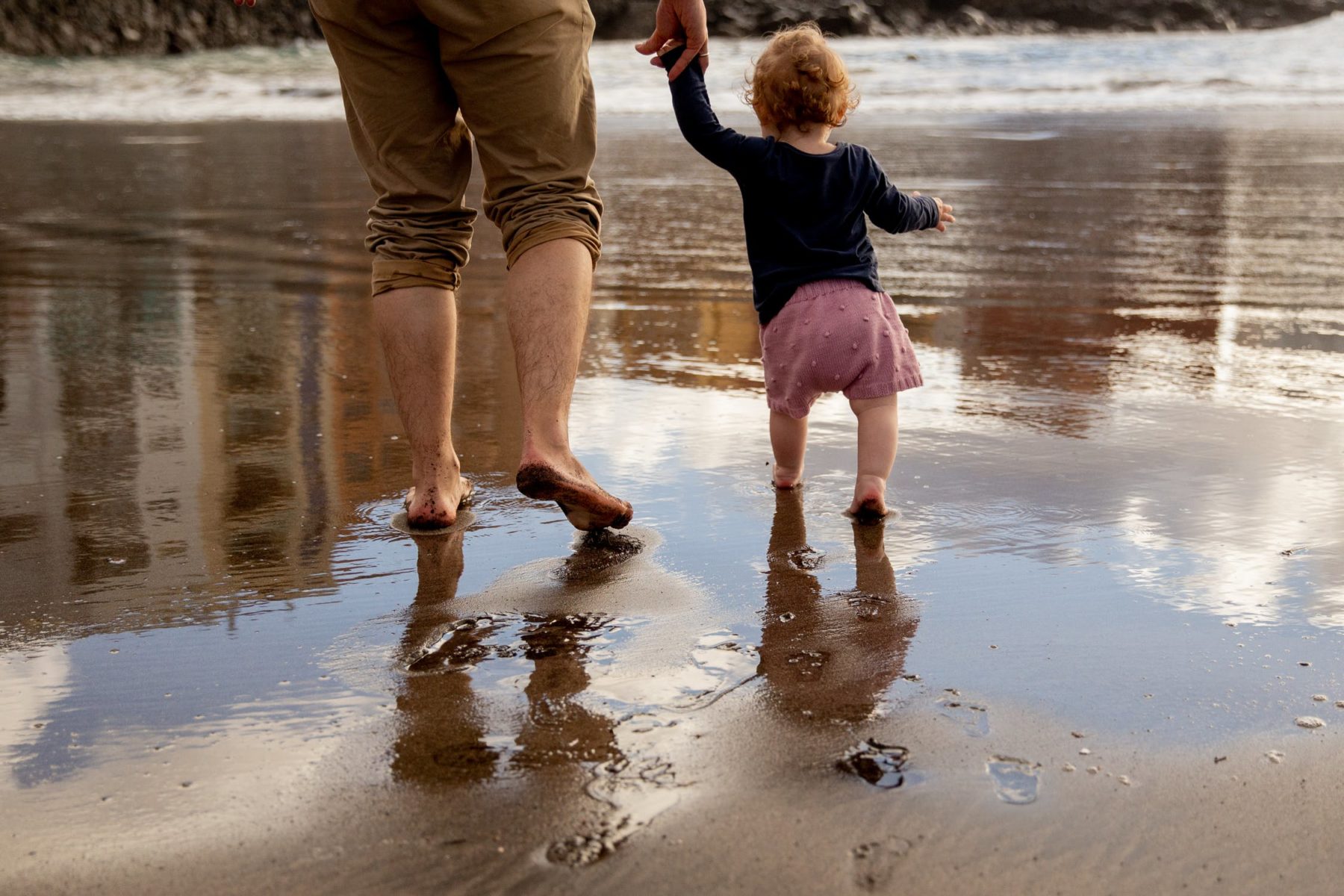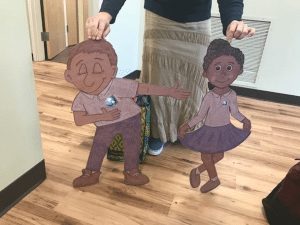New Journeys with Toddler-Led Walks

Once a child takes his first steps, all he wants to do is walk. Freshly-walking toddlers are overcome with an overwhelming desire to practice their new skills. According to the Montessori approach, as soon as a child can walk, they should be allowed to do so as much as possible, with as much freedom as we can safely allow. Incorporating a toddler-led walk into the child’s daily routine is the perfect way to meet their developmental needs during this period.
Freedom of movement, which has been relevant from birth, becomes even more important once a child begins to walk. But this milestone also means that adult caretakers have a lot more to worry about. A walking child needs constant supervision for safety reasons, and since all they want to do is go, go, go, it can become wearisome for the caretaker.
Toddler-led walks, when done correctly, will meet the child’s needs without completely wearing the adult out. In fact, when adults facilitate toddler-led walks and observe their little wanderers without interference, the experience is quite amazing. Quietly falling into step with a child who is discovering the world from a brand-new perspective is a magical thing.
Toddler-led walks have two purposes:
- To promote gross motor skills
- To let the child explore her world on two legs
Promoting gross motor skills is vital during the sensitive period for this type of development. When you create the opportunity for freedom of movement, your wobbly walker will quickly morph into a runner, jumper, and skilled climber. Children are naturally driven to practice these movements at this age.
Toddler-led walks are also incredibly easy to prepare. There is nothing to set up except to select an area for walking. Any other planning is unnecessary because the objective is to let the child discover what is already there.
Here are some tips for starting toddler-led walks using the Montessori philosophy:
Prepare the Environment
Choose a setting where your child can lead the walk as much as possible. Nature is wonderful but it’s OK if you live in a city and your child takes in other kinds of sensations. There’s a lot to discover everywhere.
Follow the Child
Following the child is the quintessential element of these walks. Allow your child to stop when he stops and go when he goes. You may realize later than he’s covered much more distance than he ever would when you lead.
Adults tend to have a destination in mind when walking, while children live in the present moment. When adults impose their pace upon their children, the little ones tire out quickly and ask to be carried. But when toddlers walk on their own initiative, they cover quite a lot of ground.
It can be hard to simply observe on these walks, but we must stop ourselves from trying to lead or point things out. Allowing space for the child to discover on his own will yield the best results.
And if he just walks and doesn’t seem to notice anything that is perfectly OK too!
Freedom Within Limits
As we help our little ones develop autonomy by giving them freedom, we also need to keep limits at the forefront of our thoughts. Consider safety hazards like running into the street or areas where wild animals might pose a threat. Stay close and intervene calmly yet firmly when necessary.
Toddler-led walks are exactly what new walkers crave and they will absolutely love this time of day. There are so many benefits, but the parents’ favorite is usually the long stretches of deep sleep that follow!


